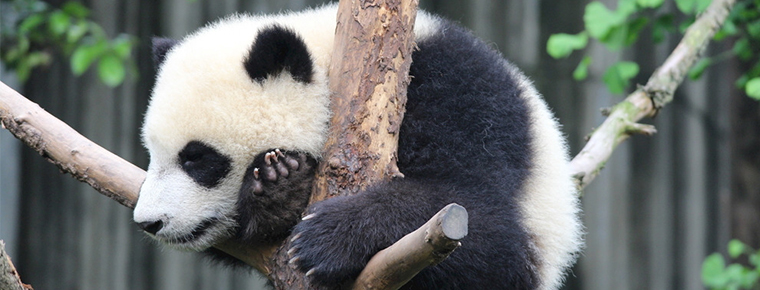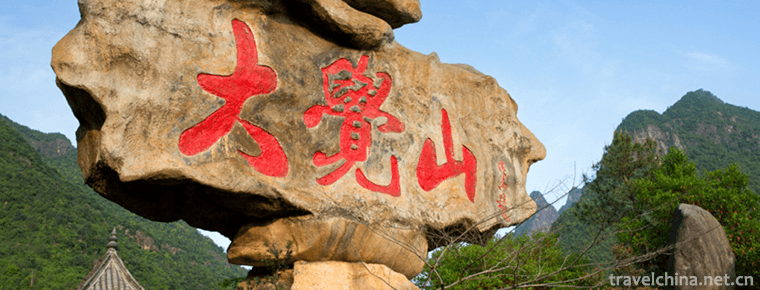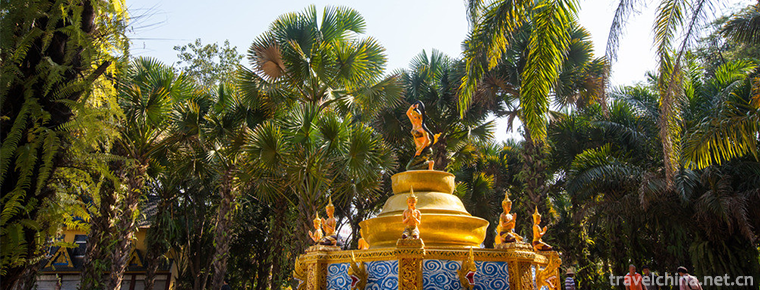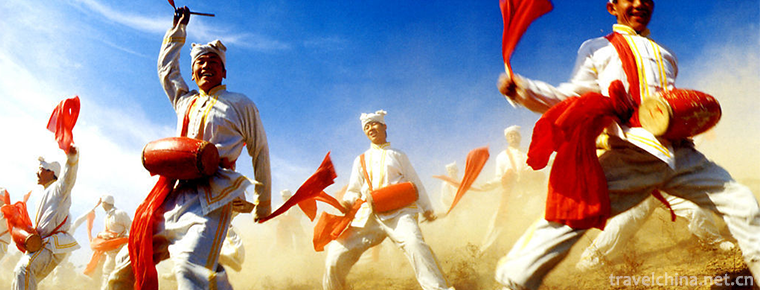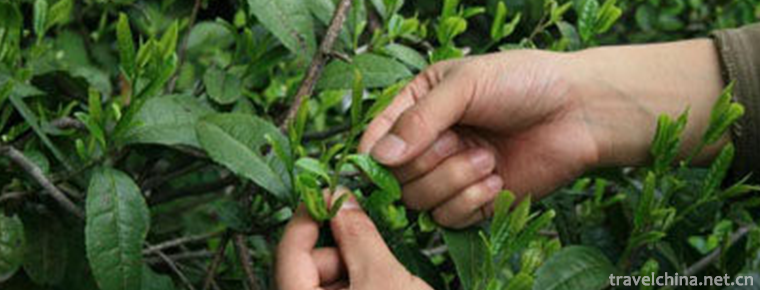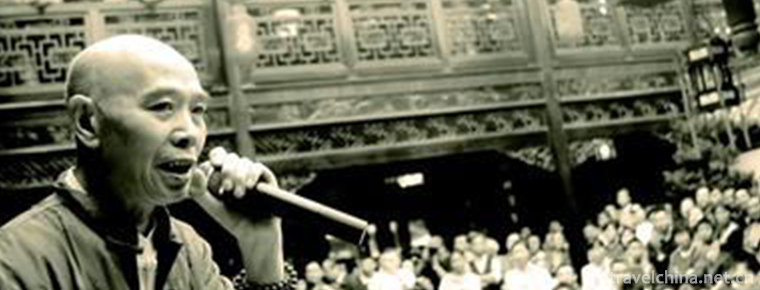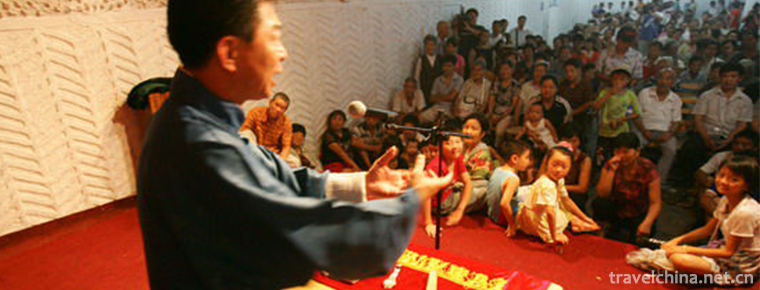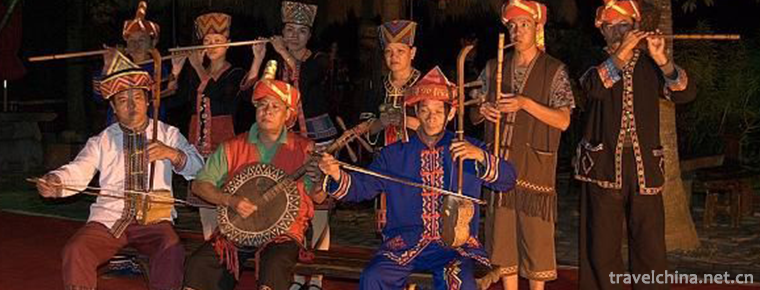Cross stitch of Chinese embroidery
Cross stitch of Chinese embroidery
The earliest cross stitch was embroidery on animal fur fabrics with silk extracted from silkworm cocoons. Later, it was used to decorate clothes and furniture. Cross stitch, with its simple embroidery method, noble and gorgeous appearance, exquisite and elegant, unique style, soon became popular in European courts and became the first choice of leisure and entertainment for royal families and nobles. Later, it was gradually introduced into the folk. It is widely spread in Europe, the United States and Asia and other countries and regions. After hundreds of years of development, the basic materials of cross stitch are pure cotton embroidery thread, grid fabric made by special technology and design drawings. Embroidery threads of various colors are numbered, and each pattern is specially processed by the designer. Each design draft is made according to the line number. Even if it is a very complex pattern, as long as the position of the design draft is selected appropriately When the thread of embroidery can be completed. As it is an easy to learn and understand handicraft hobby, but also an art innovation, it is very popular, loved by people of different ages.
Four famous Chinese embroidery
The four famous embroidery of China and the Han people are Suzhou embroidery. Embroidery, known as needle embroidery in ancient times, is a kind of technology that uses embroidery needle to guide color thread, embroiders and transports needles on textiles according to the designed patterns, and forms patterns with embroidery traces. As a wide range of regional handicrafts, embroidery has its own advantages and advantages through long-term accumulation and development of various countries and nationalities. In addition to the four famous embroidery of Han nationality, there are Beijing embroidery, Lu embroidery, Bian Embroidery, Ou embroidery, Hangzhou embroidery, Han Embroidery, min embroidery and other local famous embroidery in China, while ethnic minorities such as Uygur, Yi, Dai, Buyi, Kazak, Yao, Miao, Tujia, Jingpo, Dong, Bai, Zhuang, Mongolian, Tibetan and other ethnic embroidery also have their own characteristics.
The name of the four famous embroideries was formed in the middle of the 19th century. Besides its artistic characteristics, another important reason is the result of embroidery commercialization. Due to the different market demand and producing areas of embroidery, embroidery crafts as a commodity began to form their own local characteristics. Among them, Suzhou, Sichuan, Guangdong and Hunan are the four places where embroidery products have a wide market and great influence, so they are called "four famous embroidery".

Cross stitch of Chinese embroidery
-
Qinghai Lake
In Qinghai Lake, the Tibetan language is called "the weming cloth"
Views: 274 Time 2018-10-23 -
Dajueshan Scenic AreaZixi County Fuzhou City
Dajueshan is located in Zixi County, Fuzhou City, Jiangxi Province. Dajueshan is rich in wildlife resources and widely distributed. It is praised by experts as "Natural Oxygen Bar, a rare gene ba
Views: 269 Time 2018-12-08 -
Manting Park
Manyin Park is located in the southeast of Jinghong City, the capital of Xishuangbanna Dai Autonomous Prefecture. It is about 2 kilometers away from the urban area.
Views: 193 Time 2019-02-07 -
Xianghu Lake
Xianghu Lake is known as the "sister lake" of the West Lake for its beautiful scenery. It is a lake located in Xiaoshan District, Hangzhou City, Zhejiang Province, China. Xianghu Lake is als
Views: 196 Time 2019-02-25 -
Xue Xiang Snow Township
Snow Township, the full name of "China Snow Township National Forest Park", is located in Changting Town, Hailin City, Mudanjiang City, Heilongjiang Province, China, and belongs to the Dahai
Views: 225 Time 2019-02-27 -
Ansai waist drum
Ansai waist drum is a traditional folk dance in Shaanxi Province. Performances can be performed by several people or thousands of people together, magnificent momentum, exquisite performance is intoxi
Views: 308 Time 2019-03-31 -
Hengshui painting
Hengshui Inner Painting, a traditional folk art in Hengshui, Hebei Province, is one of the national intangible cultural heritage.
Views: 228 Time 2019-05-03 -
Green Tea Production Techniques
Green tea production technology is a national intangible cultural heritage. Luan Guapian is a special kind of green tea. Cucumber seed-like flake-shaped tea is made from local endemic varieties by wre
Views: 314 Time 2019-05-15 -
Sichuan Book Review
Sichuan commentary, also known as vernacular speech and commentary, is one of the traditional operas in Sichuan Province. It is popular in all parts of Sichuan and Yunnan and Guizhou. The performers t
Views: 148 Time 2019-06-16 -
Sichuan Zhuqin
Sichuan Zhuqin is an ancient traditional opera. The performers hold fishing drums and rap stories. The original name is Mingqin. Because its accompaniment instrument is a bamboo drum drum, it is also
Views: 111 Time 2019-06-16 -
Yazhou Folk Songs
Yazhou folk song is one of the ancient folk songs in Hainan Province. It is popular in the areas of Yazhou and Dongfangkangcheng, west of Sanya Yacheng and east coast of Ledong. Yazhou Guest (Han) dia
Views: 209 Time 2019-07-10
